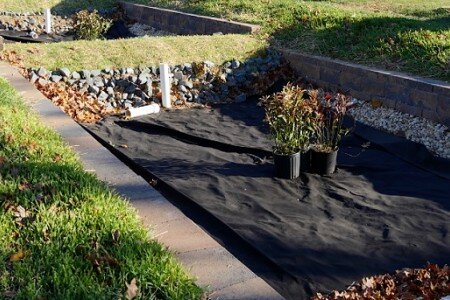This year I’m reflecting on different ways to gift and give back. By giving to an organization in someone’s honor, you are letting that person know you care about them and their values. It’s an easy and meaningful (and sustainable) way to gift this holiday season!
Take a look at some of my favorite philanthropies. These organizations are helping cities and communities thrive. I’ve cross-checked most of these with Charity Navigator and encourage you to do the same.
For Environmental Justice Warriors
Share the Warmth Funds: help families pay for energy and heating bills, see if your utility has a neighbor assistance or share the warmth fund
Climate Justice Resilience Fund: support women, youth, and Indigenous Peoples to create and share their own climate resilience solutions
Groundswell International: strengthen capacity for healthy farming and food systems, also look to donate (and volunteer) with local food banks to promote food security
For City Lovers
UNESCO Heritage Site: preserve world heritage sites
Library Funds: support local civic life by donating to the library
Local Arts and Science Programs: breathe more into your city by giving to local museums, science centers, performing arts groups, and more
For Eco-Activists
Coalition for Rainforest Nations: stop deforestation globally
Nature Conservancy: protect ecologically important lands and waters
Natural Resources Defense Council: seek to protect air, land, and water
Clean Energy Innovation: support clean energy research and advocacy
For Community Builders
Rebuilding Together: a safe and healthy home for every person, find a regional chapter near you
Bridges to Prosperity: connecting rural communities with infrastructure
Ioby: community-led, community-based crowdfunding for livable neighborhoods
There are many more places to give to! And, if you are looking to purchase gifts for friends and family, make sure to buy local this holiday season and shop at your neighborhood stores.





